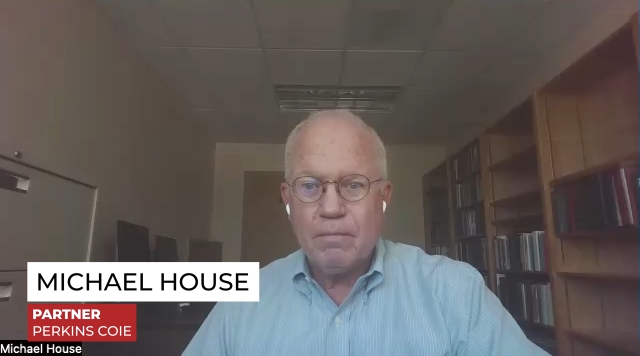
Michael House, co-chair of the International Trade and Transaction Practice of the law firm of Perkins Coie, discusses the long-term implications of President Trump’s tariff and trade policies on the United States’ stature and economic power around the world.
The Trump tariffs represent “a very fundamental change in the U.S. government’s position toward its trading partners,” House says, adding that nothing so radical in the nation’s trade policy has been seen since the 1930s. The post-World War II years saw a “global consensus” among major traders about the value of a system built around the idea of free and fair trade. Now, House says, “that entire framework is being tested very dramatically,” with the U.S. adopting an “isolationist approach” and abandoning some of the key pillars of the 30-year-old World Trade Organization. “That has to have a weakening impact on the United States’ standing in the minds of what had long been its major trading-partner allies.”
Other countries might be motivated to forge new trade ties among themselves, excluding the U.S., thereby limiting its future access to key markets, and lessening its overall geopolitical influence. The European Union, for example could explore new trade ties with Asia, where the U.S. is not a party to the 12-nation Comprehensive and Progressive Agreement for Trans-Pacific Partnership. Its absence from Asian trade pacts could further embolden China to extend its economic, political and military influence over the region.
Whether the U.S. remains committed in the long term to multilateral trade agreements remains to be seen, but it appears more likely that the country will seek bilateral pacts with select trading partners. The one exception might be the tripartite United States-Mexico-Canada Agreement, which is up for renegotiation in 2026. “It would be so detrimental for U.S. industry to walk away from the North American free-trade experiment,” House says.
For now, there isn’t much that U.S. traders can do to mitigate the uncertainty caused by the Trump administration’s ever-shifting stance on tariffs. But House says it’s likely that some level of tariff floor — perhaps 10% — will remain in place no matter what happens.